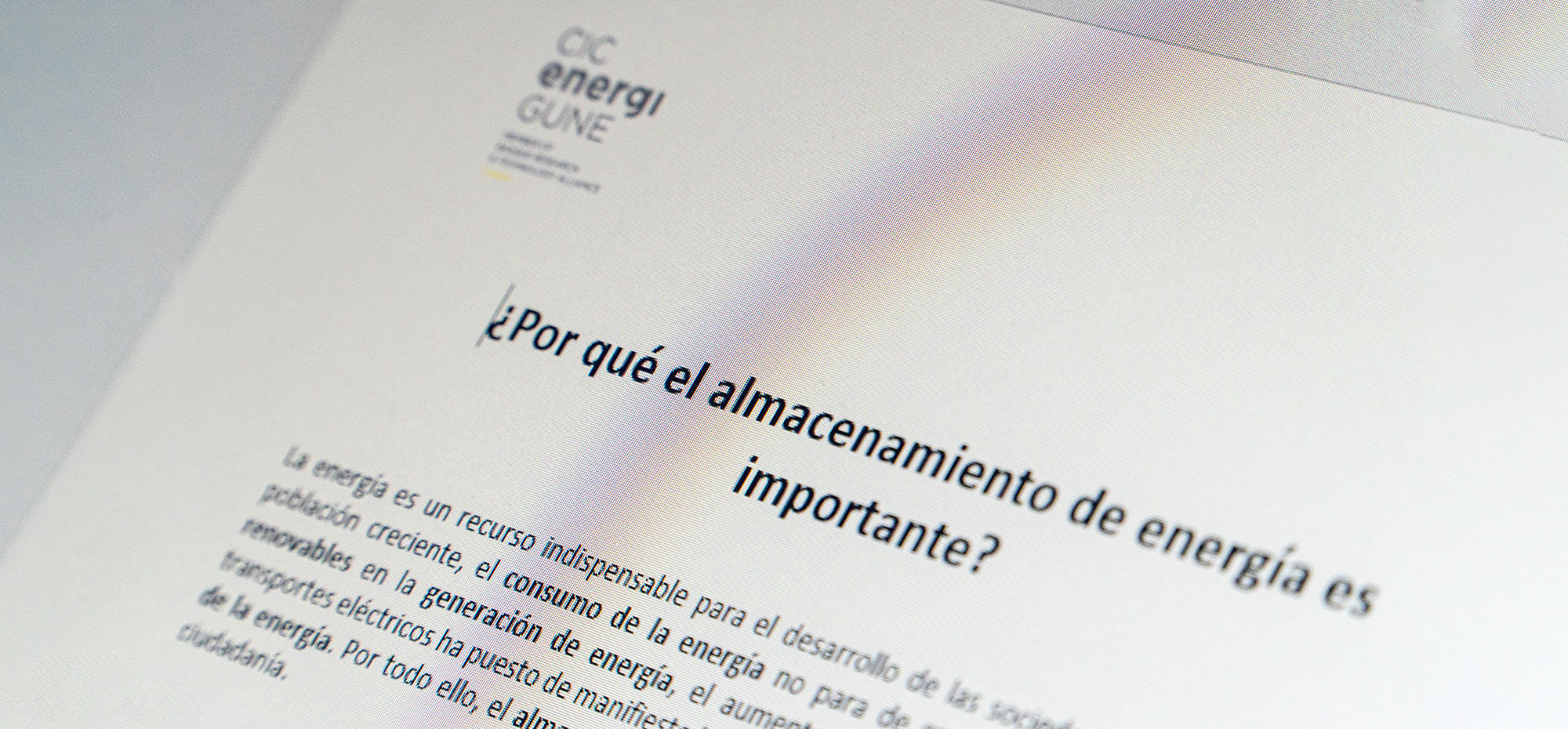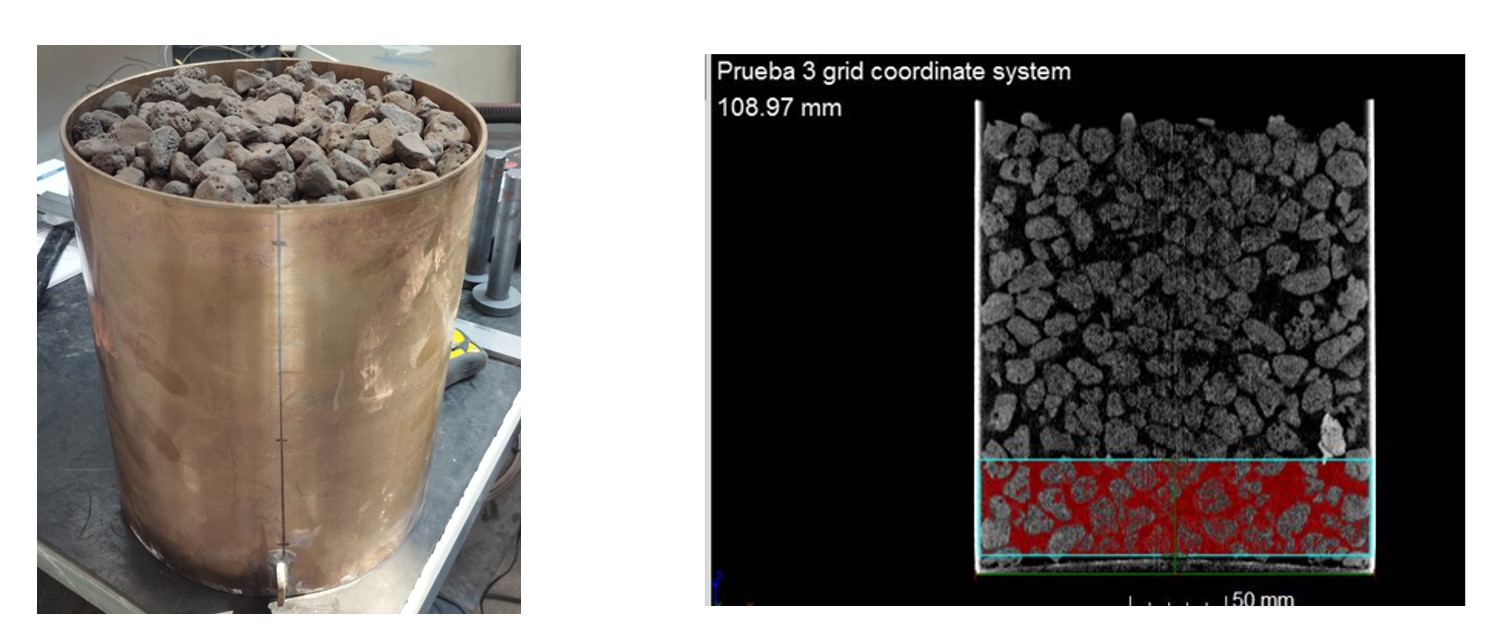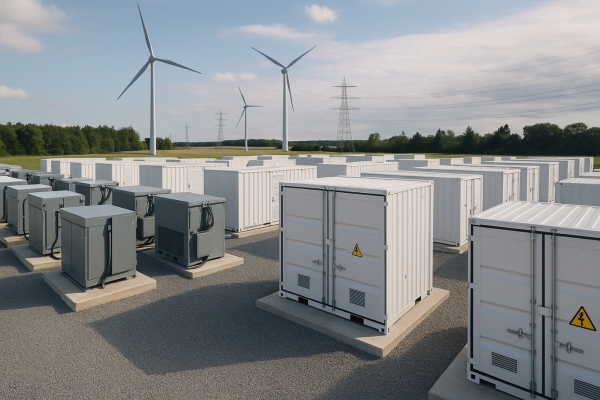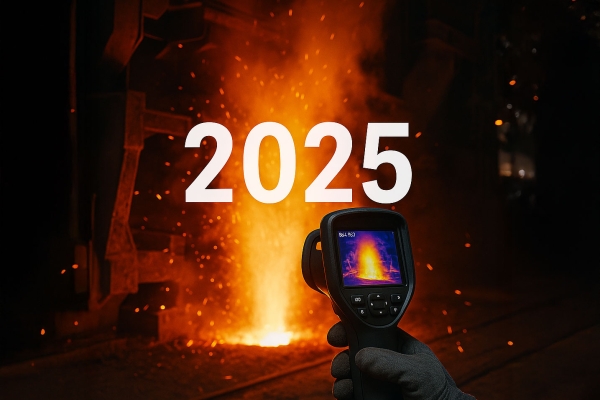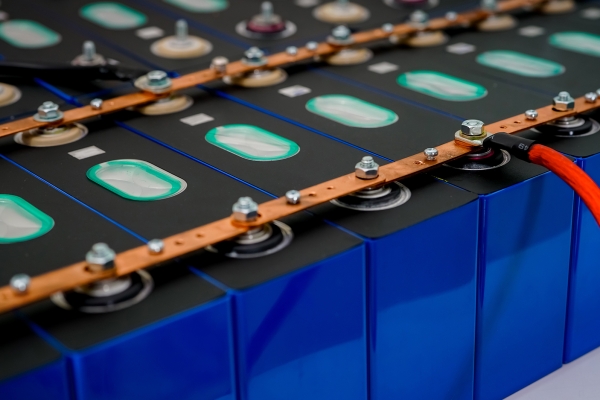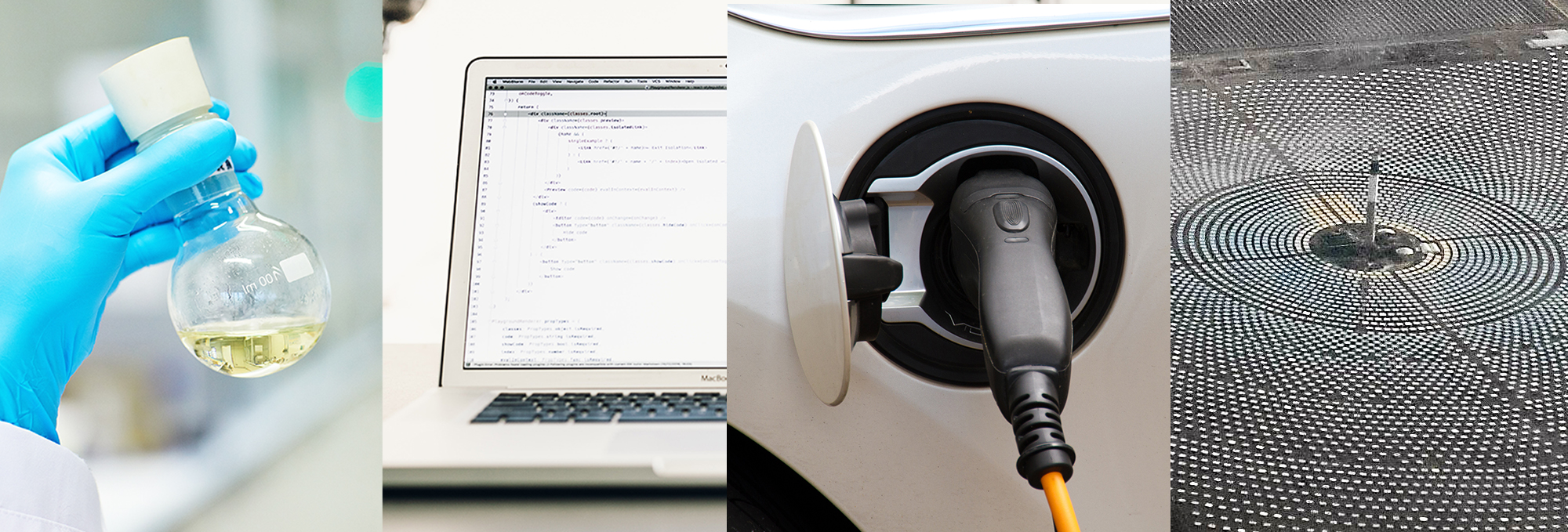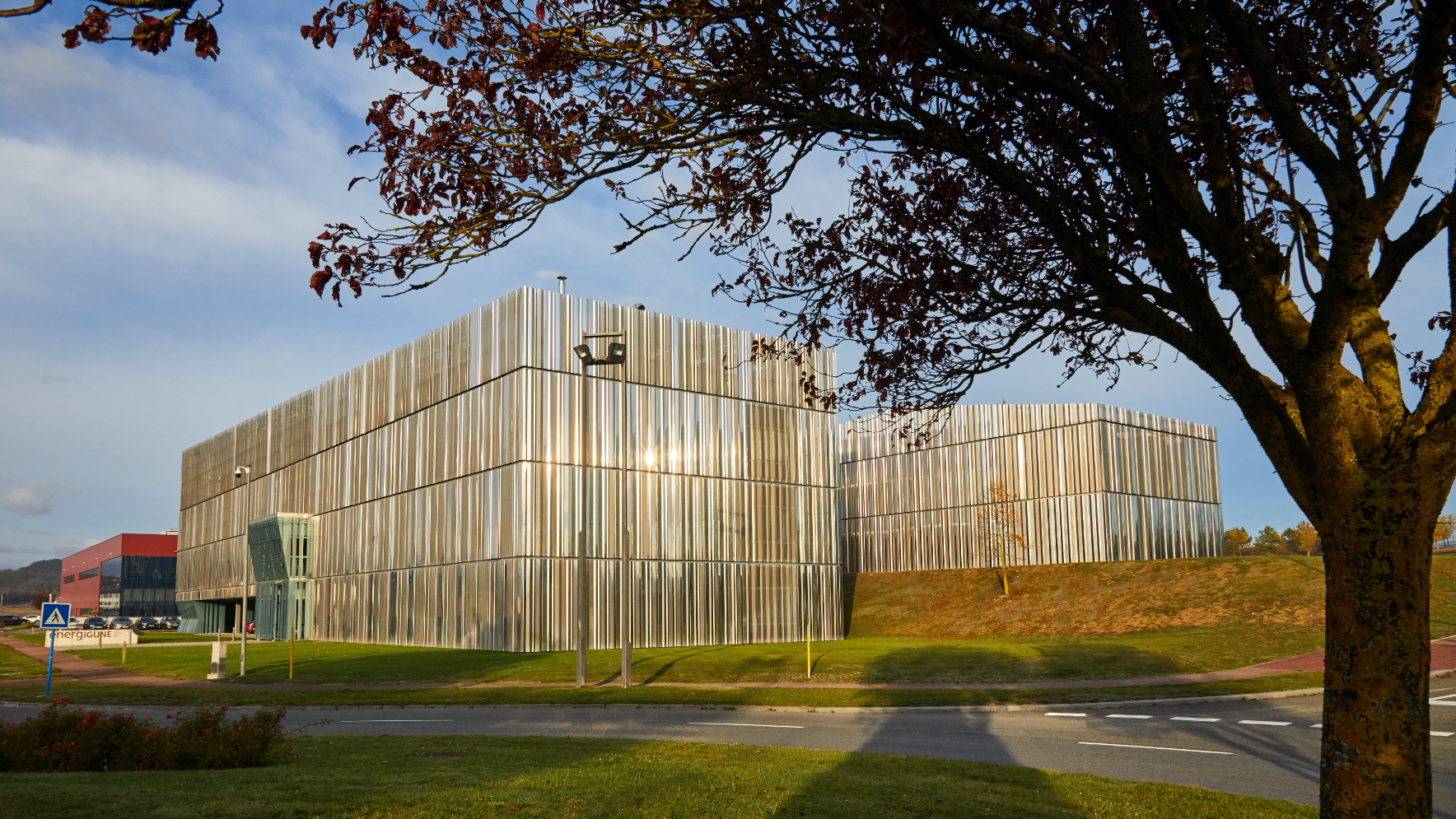Packed bed thermal energy storage is a well-established technology known for its ability to store significant amounts of energy cost-effectively, relying on inexpensive and widely available materials. However, the long-term viability of these systems is often called into question due to concerns about their operational lifespan. Without careful design, repeated thermal cycles can cause mechanical stresses that may result in material failure or tank rupture, sometimes occurring much earlier than anticipated.
To tackle this challenge, CIC energiGUNE has developed and experimentally validated advanced numerical tools that integrate thermal, mechanical, and motion principles. These design tools are capable of precisely modeling and predicting the thermal and mechanical behavior of the storage material and its interaction with the tank, during the entire lifespan of the system, playing a key role in enhancing the competitiveness of this technology.
The problem
During the heat charging process, both the storage tank and the filler particles expand according to their respective thermal expansion coefficients. When the tank expands more than the filler material, voids can form within the packed bed, causing some particles to shift downward under the weight of the layers above. As the system cools during the discharging process, the tank contracts, attempting to return to its original size. However, this contraction is hindered by the denser particle arrangement formed during heating. This mismatch introduces additional stresses on the tank walls and among the particles due to rearrangement and friction.
If the combined effects of particle weight and friction are substantial, the tank may not fully return to its original dimensions, leaving residual stresses on both the particles and the tank walls, even at ambient temperature. These mechanical stresses are not constant—they dissipate during subsequent heating cycles but can reappear and intensify if particles continue to settle into newly formed voids over time. This cyclical stress buildup underscores the importance of robust design to ensure system durability and longevity.
Due to the slow nature of the thermal processes, numerical tools capable of accurately modeling and predicting the behavior of the filler material and its interaction with the storage tank walls are becoming indispensable. However, solving this complex problem requires integrating thermal, mechanical, and motion laws, which makes the process highly computationally demanding. To simplify calculations, several assumptions must often be made. Unfortunately, the lack of experimental data to validate these assumptions undermines the reliability of the results, creating a critical gap that needs to be filled to advance the technology.
The solution
To tackle this issue, researchers at CIC energiGUNE started by conducting a comprehensive characterization of the filler material´s properties and developed an innovative and extremely accurate multi-physics numerical model. This model integrates thermal, mechanical, and motion dynamics by combining Discrete Element Method (DEM) and Computational Fluid Dynamics (CFD) approaches. To minimize computational demands, specific assumptions were applied, each carefully validated in collaboration with AZTERLAN Metallurgy Research Centre through a novel experimental approach. A reduced-scale prototype was constructed, and material movement was monitored using advanced X-ray Computed Tomography techniques, ensuring the accuracy and reliability of the model.
The movement of the material and the associated stresses were meticulously monitored across 520 thermal cycles. Using this experimental data, the model was fine-tuned to achieve an exceptional accuracy of over 95%. With this advanced tool, mechanical stresses can now be reliably predicted in every part of the system throughout its entire lifecycle. This capability enables a fully optimized design, ensuring maximum performance, durability, and reliability of the storage system.
The capabilities of the model will soon be tested in a real-world case. As part of the LIFE HI4S project, a pilot plant for waste heat recovery has been constructed in ArcelorMittal, featuring a 1 MWh packed bed storage system equipped with a deformation monitoring system. The pilot plant is scheduled to be commissioned in the coming weeks, and the results will allow the effectiveness of the model to be validated under real operating conditions.
At CIC energiGUNE, we are deeply committed to advancing the research and development of cutting-edge thermal energy storage materials and systems tailored to meet the evolving demands of industry. Our Systems Engineering Group continues to pioneer innovative methodologies and refine numerical tools to improve the performance, reliability, and efficiency of these systems. By driving the boundaries of scientific innovation, we aim to deliver advanced knowledge and tools that play a pivotal role in accelerating the green energy transition and building a more sustainable future.
Author: Daniel Bielsa, Technology coordinator of the Thermal Energy Storage and Conversion Area at CIC energiGUNE.

